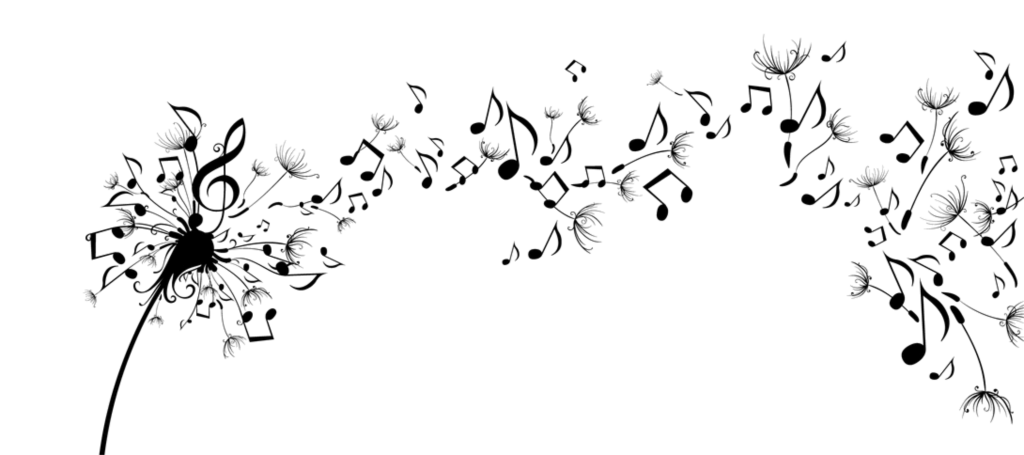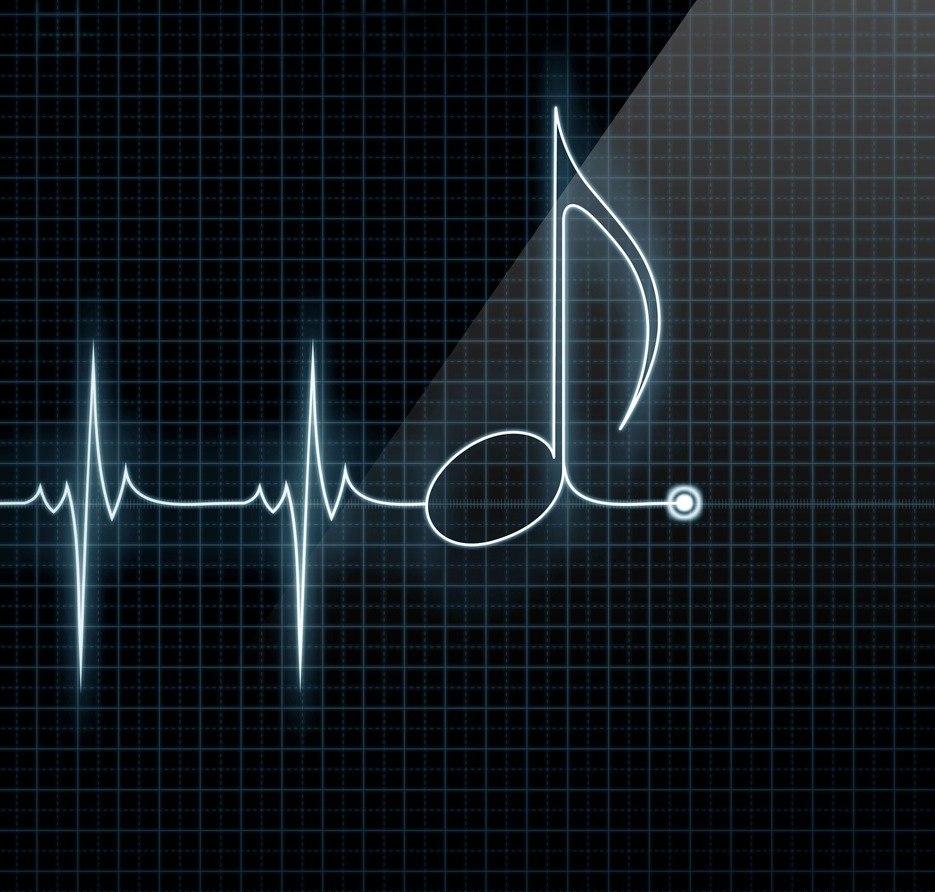Welcome to our forum. A Message To Our New and Prospective Members . Check out our Forum Rules. Lets keep this forum an enjoyable place to visit.
Currently working on errors from the latest (SimplePress) forum update. Many issues have been resoled and others are being worked on. Thank you for your patience.
 Topic RSS
Topic RSS



 (1 votes)
(1 votes) Regulars
 Offline
Offline







Mascitti was a baroque composer who lived from 1663 to 1760, I have kept vibrato down to a very bare minimum because apparently it was hardly used in this type of music. There are some very difficult string crossings in this piece,
Cant beat a sunny day
Regulars
 Offline
Offline








@stringy -

Good for you - you're doing great!
I can see why you like this Aria, it is very lively!
Just learned that this is the last part of the 1st Sonata - from Mascitti's " 6 Sonate da camera Op.2" in D major. If you get a chance to listen to all 6 Sonate, or even just the 1st Sonata, the Aria usually starts approximately 9 minutes in.
I've always liked Baroque music and Michele Mascitti composed it beautifully.
Thank you for sharing this!

...also, think I've fallen in love with some of his compositions in minor keys.
- Emily
Btw, are there many notes with dots above them? Was thinking it could be fun to experiment with whether to use Staccato or Spiccato bowing in some of those areas - to accentuate them.
Regulars
 Offline
Offline







Thanks mouse and mark,
Emily, no there are no accented notes at all in this one. There are some extremely difficult combinations of note timings and string crossings though. The entire thing is 66 bpm.
The book I took it from is grade 5 ABRSM of baroque pieces, there are others by corelli, Veracini and others in there, with an explanation of baroque playing at the beginning which urges players to put there own expression into the pieces. It goes on to say, that the performer should, use appropriate tempo and dynamics selecting a suitable stle of bowing and articulation, so it gives a lot of freedom.
Cant beat a sunny day
Regulars







Well done. I'm not familiar with the piece, but there's a lot of very good obscure Baroque music.
Like most secular music of the era, this is essentially dance music: if not written for dancing, then inspired by dances. I tend to advocate going by what tempo feels right. The metronome mark can only be a suggestion, seeing as Mascitti died more than half a century before the metronome was invented.
Regulars
 Offline
Offline







Regulars
 Offline
Offline





Well done, Stringy.
This isn't in critique corner, so I'm not sure what to say. You posted this the other night asking for advice. I'd say slow it down (quaver=108, if you want) and make it rhythmical before you speed up again. It's called "aria" but you can make it a waltz or a mazurka if you want. To judge by the economy of your left-hand work, your technique and fingerings are pretty good. You play quite a lot of those legato passages détaché, though.
I can't see everything you do, and I'm not sure what I'd do at bar 18. I assume it's best to play 1,2,3, then play all of those octaves on the D and A strings.
Andrew
Verified human - the ignominy!
Regulars
 Offline
Offline







Thanks Gordon/Andrew, any advice is greatly appreciated, one of the biggest problems I have is with the actual reading of music, I have mentioned it before on another thread. Unless I actually hear a piece before I read it I find it difficult to get the rythms correct as you rightly point out.
I did post in critique corner but took it down as I have another one which I was going to post on there and didnt want to flood the site with my vids, thanks for the input🙂
Cant beat a sunny day
Regulars
 Offline
Offline





Regulars
 Offline
Offline







Regulars
 Offline
Offline





Regulars
 Offline
Offline









I found that reading diverse sheet music
while also listening to it being played
has not only helped me learn that piece of music,
but can also help me understand the phrasing
of all similar sheet music I come across.
This has been and still is
an important step in my learning
especially because I don't have a teacher.
 - Emily
- Emily


 Log In
Log In Register
Register





 Online
Online






